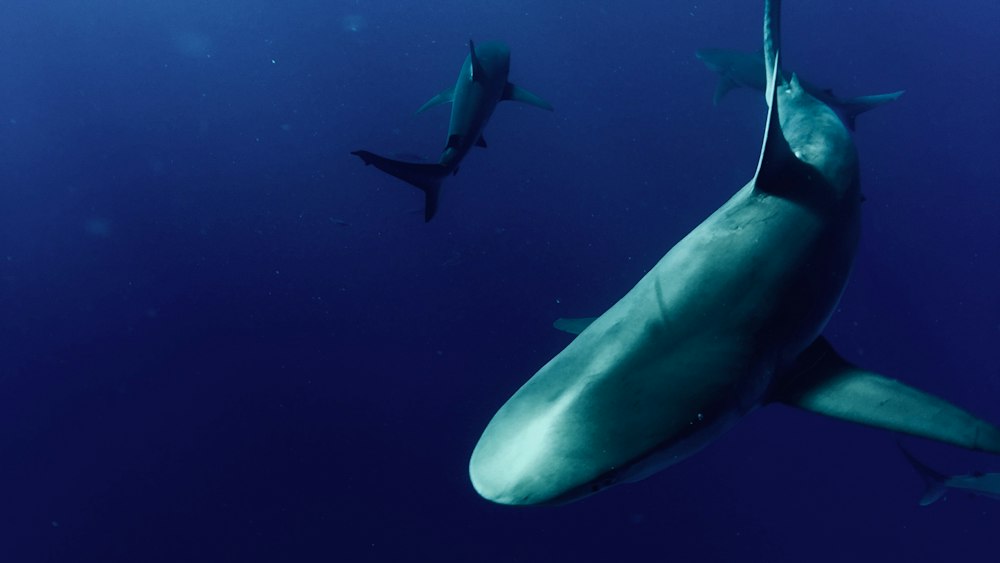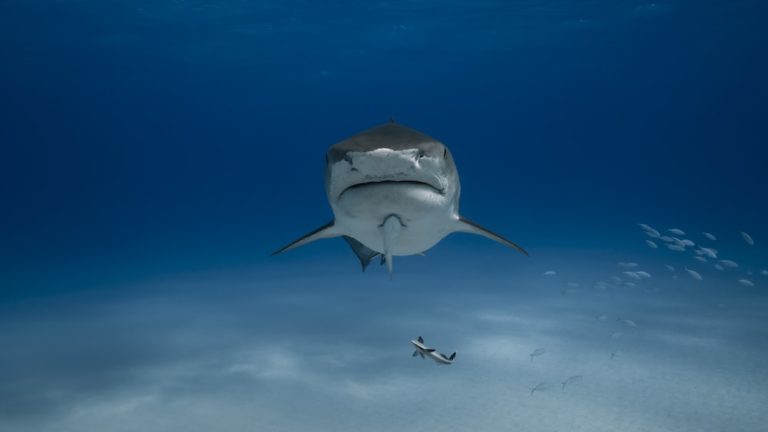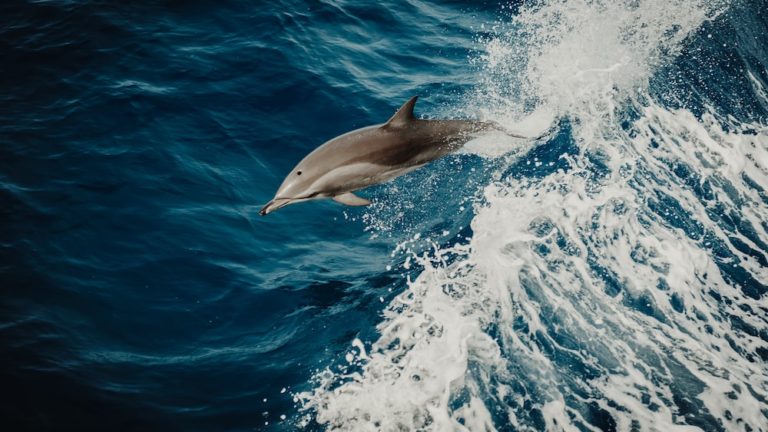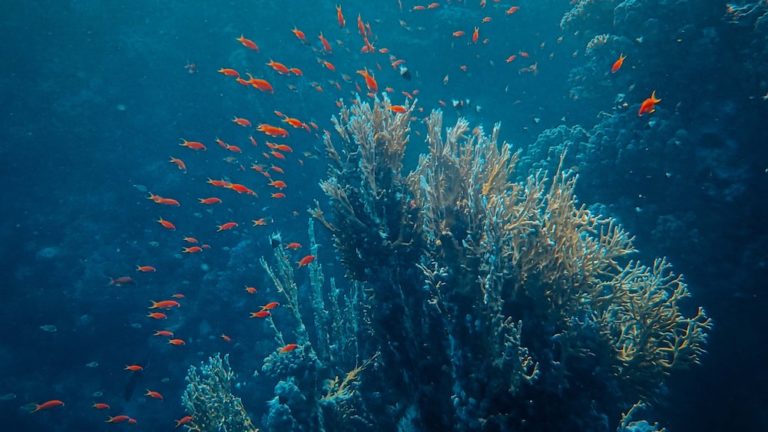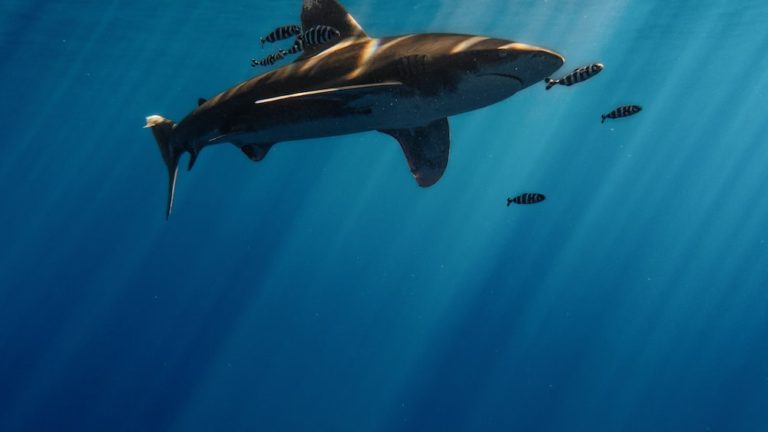Understanding Sharks Weight: Facts And Details
Understanding Sharks Weight: Facts And Details
Dipping our toes into the vast ocean of knowledge, sharks stand out as one of the most intriguing subjects for marine aficionados. These formidable predators have captured the human imagination for centuries, weaving their way into the tapestry of our maritime lore. Sharks’ weight is a particularly fascinating topic that serves as a yardstick for their health, growth patterns, and overall well-being.
Key Points:
- Sharks’ weight is crucial for understanding their health, growth patterns, and overall well-being.
- There are over 400 species of sharks, each with unique sizes and shapes.
- Shark weight varies widely among different species, from tiny dwarf lanternsharks to massive whale sharks.
- Factors affecting shark weight include age, diet, environmental impacts, and gender differences.
- Techniques for measuring shark weight range from traditional scales to innovative approaches using drones and ultrasound technology.
- Monitoring shark weight is essential for ecological studies, conservation efforts, public safety, and education.
- Understanding shark weight is critical for preserving the health of ocean ecosystems and promoting conservation-minded attitudes.
As we embark on this underwater journey, the quest to understand the heft of a shark unveils a story of biological marvels and ecological significance. It is a tale told in pounds and kilos, shedding light on everything from a newborn pup to the gargantuan whale shark. Shark weight isn’t just a number – it’s a signal, a clue in the greater oceanic mystery that marine life enthusiasts, like ourselves, are ever eager to decode.
In this watery realm where the great white shark reigns and the elusive carpet shark glides silently, the dynamics of sharks’ weight offer a splash of insight into their underwater worlds. So, strap on your dive gear and let’s plunge into the depths, as we explore the scales (pun intended) and tales behind these compelling creatures of the deep.
The Diversity of Shark Species and Their Sizes
When it comes to sharks, variety really is the spice of life underwater. The diversity of these apex predators is astounding, with over 400 species finning through our planet’s oceans. From the shallow shores to the mysterious deep-sea trenches, sharks flaunt an array of sizes as varied as the ecosystems they inhabit.
Overview of Shark Species
Embark on a dive into the shark world, and you’ll be met with a veritable finned mosaic of species. At one end, you might spot the minuscule dwarf lanternshark, barely reaching a length of 8 inches, skimming the ocean floor. On the flip side, in the open blue, you may marvel at the whale shark, the largest fish in the sea, whose size is only rivaled by its gentle nature.
Sharks come in all shapes and sizes, from the streamlined silhouette of the great white shark to the uniquely formed hammerhead. The carpet sharks – ornately patterned beauties – bear witness to the evolutionary artistry that has shaped these creatures over millions of years. This rich tapestry of species each tells a unique story of adaptation and survival in the marine world.
Sharks come in a variety of shapes and sizes, each with its own unique story of adaptation and survival in the marine world.
Size Range Across Different Sharks
Sharks exhibit a staggering size range, underscoring the adaptability and evolutionary prowess of this group. Consider for a moment the narrow, pencil-like shape of the slender bamboo shark compared to the wide, flat body of the stingray-like angel shark. These size differences aren’t merely superficial – a shark’s stature affects everything from its dietary choices to its reproductive strategies.
In terms of sheer dimensions, we see pint-sized swimmers like the appropriately named pocket shark all the way to behemoths such as the whale shark. The latter floats like an underwater zeppelin, filtering plankton with the nonchalance of a creature untouched by the pressures of predation. For these giants, vastness begets a calm, filter-feeding existence, a marked contrast to the dynamic hunt lived out by their smaller, toothier brethren.

Average Weights of Common Shark Species
Sizing up common shark species means going beyond just length and taking a deep dive into their weights – an aspect crucial to understanding these magnificent predators’ lifestyles. These weights can tell us a wealth of information, allowing enthusiasts to gauge everything from an individual shark’s health to the wellbeing of its population.
Great White Shark Weight
When it comes to great white sharks, these iconic marine voyagers are as hefty as they are fabled. Adult great whites can tip the scales at a staggering 1,500 to 2,400 kilograms (3,300 to 5,300 pounds), underscoring their top-tier status in the oceanic food chain. This weight is no burden for them; rather, it’s a testament to their robust hunting capabilities and the abundance of blubber-rich prey like seals and sea lions in their diet.
In the grand tapestry of the sea, the great white plays a role that is both predator and protector – their presence indicating the health of marine ecosystems. Witnessing the great white in its natural, watery realm strikes a chord with eco-adventurers and conservationists alike, who see in these behemoths a critical piece of the ocean’s intricate puzzle.
Hammerhead Shark Weight
Navigate a bit further into the shark realm, and you might just catch a glimpse of the hammerhead shark, gracefully cruising with its unmistakably shaped head. This “hammer” comes in handy for a range of sensory advantages and in wooing mates in their underwater ballet. Hammerhead sharks can carry a weight of around 230 to 450 kilograms (500 to 1,000 pounds) through the currents, powered by a musculature fine-tuned for both agility and strength.
Biologists and shark enthusiasts alike have been engaged in a long love affair with these peculiar creatures, their appeal enhanced by the variations among the different hammerhead species. Though weight is just a drop in the ocean when it comes to understanding these sharks, it’s a droplet that ripples across the vast expanse of shark knowledge.
Whale Shark Weight
Journey into the open sea where the serene giants, the whale sharks, roam, and you’ll be in the company of the ocean’s gentle juggernauts. The weight of these behemoths can evoke awe, with mature individuals boasting a massive 9,000 to 19,000 kilograms (20,000 to 42,000 pounds). Whale sharks leverage this weight as they filter-feed, their massive mouths gulping down clouds of plankton and small fish.
By studying these titans, researchers and marine enthusiasts gain vital insights into the health of the oceans they inhabit. Monitoring the weight and growth of whale sharks is key, as their substantial size at maturity is indicative of the bountiful sea – a healthy, thriving environment that offers plentiful nourishment.
Studying the weight and growth of whale sharks provides vital insights into the health of the oceans they inhabit.
Tiger Shark Weight
Let’s not forget the striped stalwart of the tropical seas, the tiger shark. Known for their indiscriminate diet and nomadic nature, these sharks have weights that echo their notorious foraging behavior. Adults typically range from 385 to 635 kilograms (850 to 1,400 pounds), secured by their voracious appetites which include everything from fish to unfortunate scraps of human refuse.
Conservationists often focus on tiger sharks, as their weight and growth rates can act as indicators of overfishing or pollution in their habitats. These sharks have roamed the world’s oceans for millions of years, and their continuing health and balanced weight serve as a proxy for the ecosystems they patrol.
Bull Shark Weight
Delving deeper, we encounter the bull shark, known for its stout build and unpredictable nature. In terms of weight, these stocky combatants of the seas carry themselves with a robust 200 to 230 kilograms (440 to 500 pounds) in their adult years. Their notorious presence in both salt and fresh water underscores a remarkable adaptability that perhaps contributes to their heftiness.
Bull sharks are unique in that they exhibit a surprising range of weight and size – juveniles can easily be mistaken for other species due to their lesser girth, but as they age, they bulk up significantly. The weight-gaining journey of a bull shark, from its youthful pursuits in estuaries to its broad adult form, tells a story worth more than just their scales.
Factors Affecting Shark Weight
The weight of sharks is not simply about mass; it is the culmination of complex biological and environmental interactions. The factors shaping a shark’s weight are numerous and intertwined, ranging from the biological shifts accompanying age to the availability of prey n the vast marine pantry.
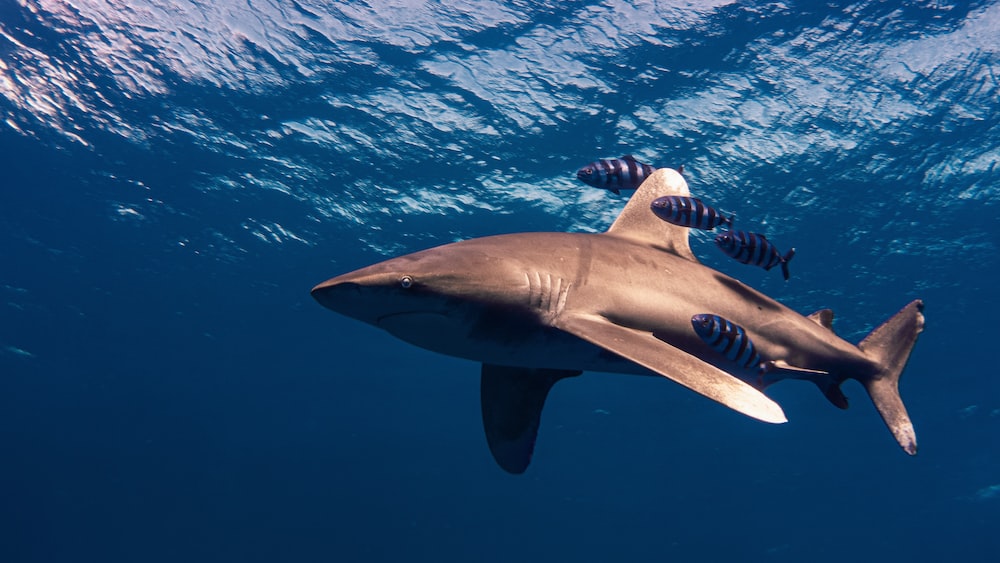
The Role of Age in Shark Weight
For these cartilaginous titans, age carries more than just wisdom – it impacts their heft and bulk. Juvenile sharks start their lives as small replicas of their adult counterparts, often weighing no more than a few kilograms. Throughout their lives, they pack on the pounds, growing at rates that vary wildly between species and individuals.
As sharks age, their growth rate curves can be plotted like a maritime chart, with peaks and troughs representing periods of plentiful food and healthy habitats. These growth spurts are pivotal times, as the weight gained helps to protect against predators and to secure success in the mating game. Yet, growing old in the ocean is no easy feat; senior sharks may experience a plateau in their weight, their years etched into their bodies in the form of scars and notches on their fins.
Sharks’ growth rates vary widely between species and individuals, with growth spurts being pivotal times for protection and mating success.
Dietary Influences on Shark Size
Diving into the dietary habits of sharks is akin to exploring a watery all-you-can-eat buffet – the menu is as diverse as the patrons. The types and quantities of prey a shark consumes have a direct impact on its size and weight, manifesting the true essence of ‘you are what you eat.’ For the feasting great white, a calorie-rich seal might tip the scales significantly, whereas a whale shark’s planktonic diet requires a banquet in volume to match.
Unraveling the mysteries behind a shark’s diet not only provides insights into their weight but offers a broader understanding of oceanic food chains. These predators’ preferred meals can signal shifts in marine biodiversity and highlight instances when the delicate balance of underwater ecosystems begins to tip.
Environmental Impact on Shark Growth
The ocean’s embrace is not always a gentle one; environmental factors play a crucial role in the physical development and weight of sharks. Temperature variations, salinity levels, and habitat disruptions can all send ripples through a shark’s growth patterns. For instance, a warming ocean may push some species into cooler, often less food-rich waters, challenging their growth and weight gain.
Equally, human-induced changes such as pollution and habitat destruction can constrict the buffet line for these predators, resulting in suboptimal growth. Understanding these environmental impacts is like piecing together a complex puzzle, with each shark species reacting in its own way, balancing the scales of survival and growth.
Gender Differences in Shark Weight
Within the shark world, the battle of the sexes extends to distinctions in weight. Generally, female sharks outweigh their male counterparts, a phenomenon rooted in the demanding requirements of reproduction. Larger females often equate to greater fecundity, with more ample body mass allowing them to carry more or larger offspring.
In the arena of shark weight, biology has set the rules, and observation confirms them. From the iridescent depths where the carpet shark weaves silently to the crashing waves where the great white seeks its prey, gender plays its part in the grand scheme of growth and survival, tipping the scales of the sexes.
Female sharks generally outweigh their male counterparts due to the demanding requirements of reproduction, with larger females equating to greater fecundity and the ability to carry more or larger offspring.
Measuring the Mass of These Marine Predators
When embarking on the mission to weigh our finned friends, researchers are faced with the challenge of measuring the mass of these aquatic athletes. It’s a vital part of marine biology and conservation, giving us a deeper understanding of their health and growth patterns. From traditional scales to advanced technology, the sheer scale of this task is as immense as the ocean itself.
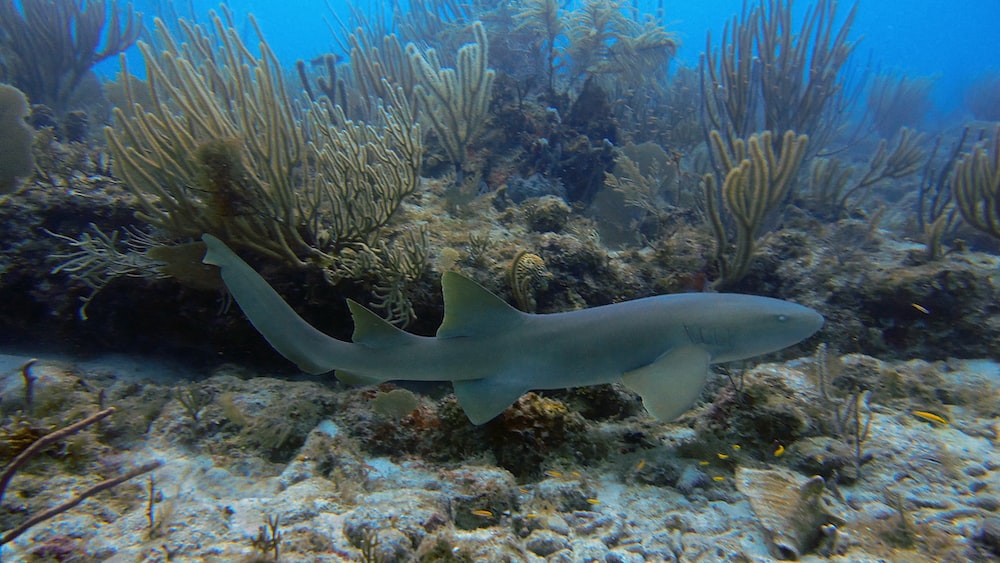
Techniques for Direct Weighing of Sharks
For direct measurements, scientists often turn to large industrial scales, designed to accommodate the impressive dimensions of some shark species. These scales are generally used on smaller sharks or those that are temporarily brought aboard research vessels.
Slings and cradles are also used, especially when dealing with larger species. In these instances, scientists hoist the shark out of the water just enough to take accurate measurements while minimizing stress on the animal. This direct interaction, however, is limited for the safety of both the shark and the researchers.
Indirect Methods for Estimating Shark Weight
Indirect methods provide alternatives when direct weighing isn’t feasible, especially for estimating the sharks weight of those magnificent, larger species. Scientists often use length-weight relationship models, a method where the length measurements of the shark are used to estimate its weight based on established mathematical formulas.
Visual assessment is another technique, although less precise, where experienced researchers gauge the mass based on the shark’s physical appearance and condition. In addition, ultrasound technology has been adapted to estimate the girth and, thereby, the weight of sharks, similar to techniques used in human medicine.
Lastly, biopsy samples can also provide information about the body condition and diet which indirectly relates to the weight of these ocean dwellers.
Innovative Approaches in Shark Weight Measurement
With technological advancements, the realm of shark weight measurement has seen innovative approaches. Scientists are now utilizing drones, equipped with cameras, to capture images of sharks from above. These images are then analyzed using photogrammetry software to provide accurate measurements and estimate weight without even touching the shark.
Satellite tagging is another modern marvel assisting researchers. Some tags collect and transmit data on swimming depth and speed, which can influence growth rates and feeding habits. Furthermore, the development of non-invasive monitoring technologies continues to revolutionize how we understand the sharks weight without disrupting their natural behaviors.
Researchers are also collaborating with fishermen, employing catch-and-release programs where the weight is recorded before the shark is returned to the sea, ensuring minimal impact on the shark’s health.
The Significance of Monitoring Shark Weight
Monitoring the weight of sharks isn’t just about satisfying our curiosity; it’s a critical component of preserving the health of our ocean ecosystems. By understanding the fluctuations in sharks weight, we can infer a myriad of ecological clues about the health and sustainability of marine environments.
Ecological Importance of Shark Weight Data
Shark weight data are integral to ecological studies, serving as an indicator of an ecosystem’s productivity. Healthy shark populations often reflect a thriving marine habitat, as these apex predators influence prey populations and maintain balance. For instance, a noticeable decline in average shark species weight could signal overfishing or habitat degradation.
Moreover, changes in shark weight can indicate alterations in food availability, potentially due to diet shifts or environmental changes. In the case of angel sharks, which are bottom dwellers, weight data can also reflect the state of the seafloor ecosystems they inhabit.
This information is vital for conservation strategies, providing scientists with the benchmarks necessary to develop sustainable management practices.
Shark Weight in Research and Conservation
Research into sharks weight also has considerable implications for their conservation. Understanding the weight distribution among different species helps identify vulnerable groups and inform species-specific protection measures. Additionally, growth rate data, which is linked to weight, are essential for understanding the life history of shark species, influencing international conservation policies.
Regular weight monitoring can aid in tracking the effectiveness of conservation efforts. It can highlight success when weights stabilize or increase due to reduced fishing pressures or improved marine protected areas.
Implications of Shark Weight for Safety and Education
Shark weight information has practical applications in public safety. Larger, heavier sharks may pose a greater risk to humans, and knowing which species grow to significant sizes can assist in developing beach safety protocols.
Moreover, educational programs benefit from this data, offering insights that help dispel myths about sharks. Accurate information on sharks weight can cultivate respect and awe rather than fear, promoting conservation-minded attitudes among the public.
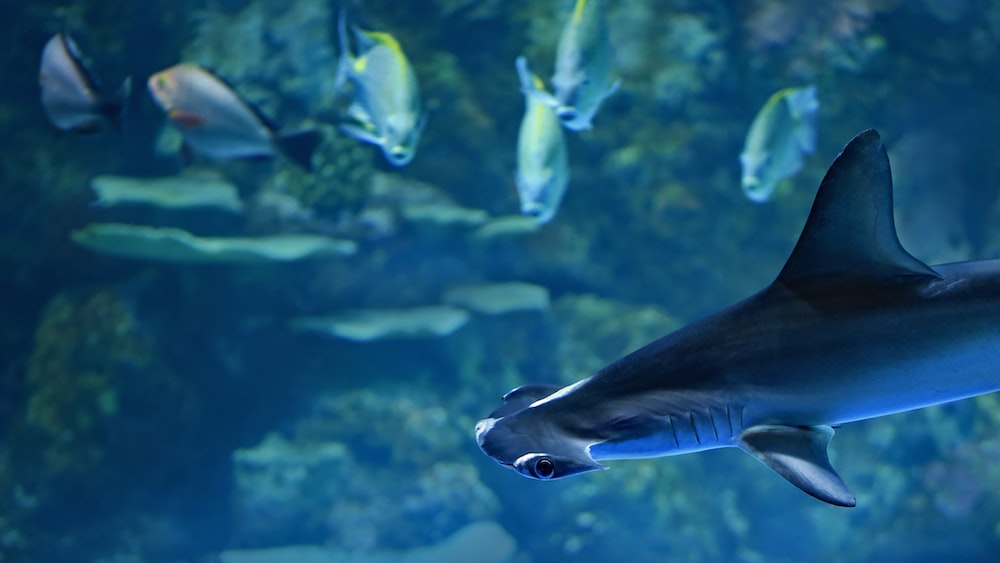
Conclusion
In concluding this deep dive into the topic of shark weights, we’ve navigated through the techniques and technologies at the forefront of marine biology. My hope is that by sharing these tales and techniques of shark research, I’ve buoyed your understanding and appreciation for these oceanic titans.
As we’ve seen, the weight of a shark can tell us much about the health of our seas. It’s as much about the heft on the scales as it is about the balance in our ecosystems. Understanding sharks weight isn’t just academic; it’s a critical measure of our planet’s wellbeing.
So, fellow ocean enthusiasts and eco-adventurers, may your love for marine life be as deep as the ocean and your actions as impactful as the sighting of a great white’s dorsal fin above the waves. Dive safe, live curious, and keep advocating for our underwater allies.
With warm currents of gratitude,
Jasper Flynn

